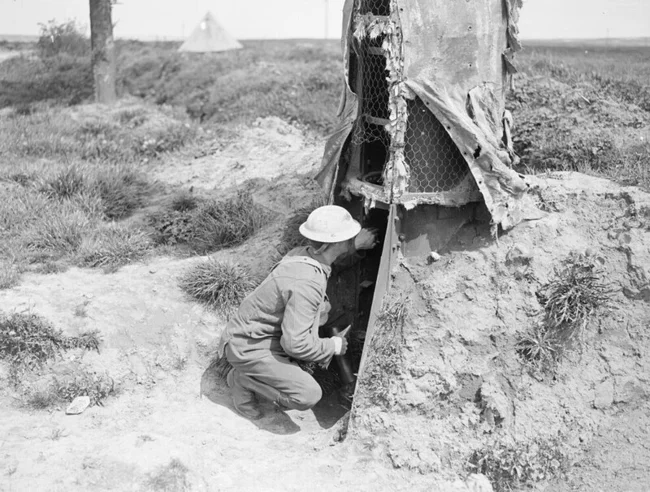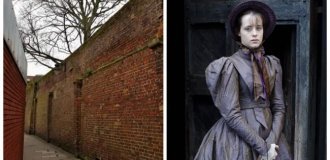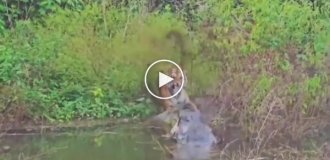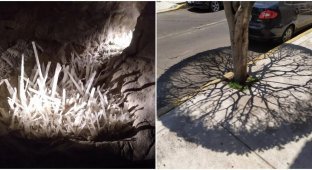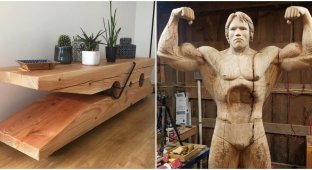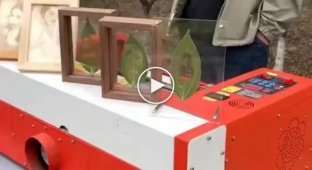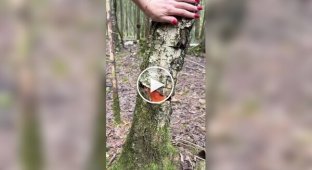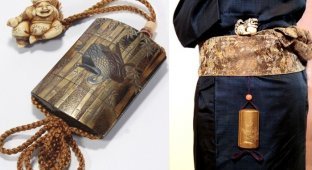Unusual strategic transformations of ordinary trees (11 photos)
The art of camouflage is as old as war itself, but it was in the trenches of World War I that it flourished in a riotous, almost surreal way. 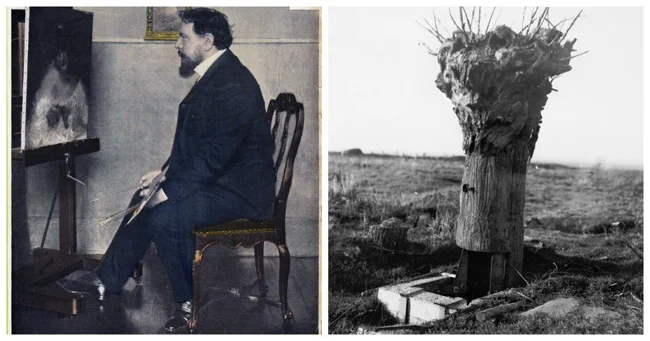
Its fields gave birth to one of the most ingenious tools of all: observation posts disguised as trees. 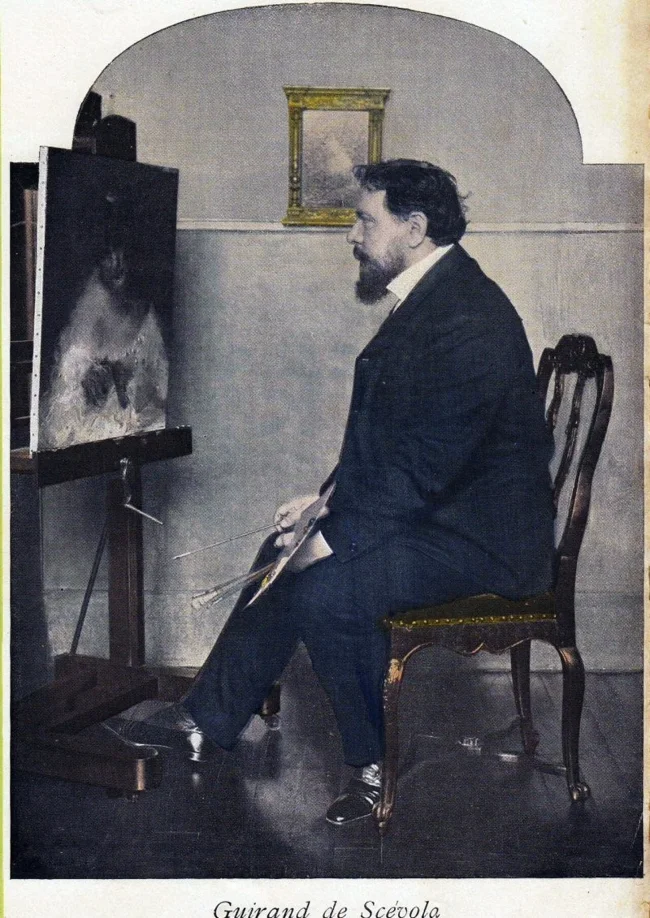
Lucien-Victor Guirand de Scévola
The idea belonged to the French, who soon taught this art to their British allies. Its essence lies in camouflage trees—special observation posts skillfully disguised as real trees. Their creator was the French artist Lucien-Victor Guirand de Scévola, who headed the corresponding department in the French army. 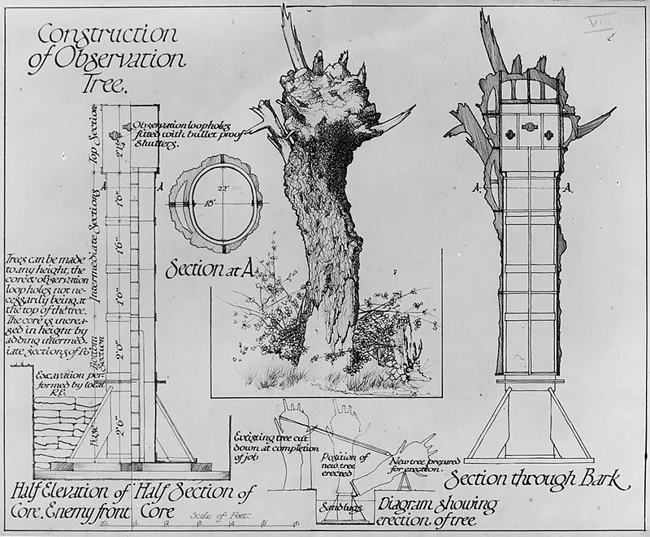
Observation post mockup plan in a tree
He developed and implemented this technology in 1915. The Germans, faced with an inexplicable information leak, soon adopted the technique and also began "greening" their positions. 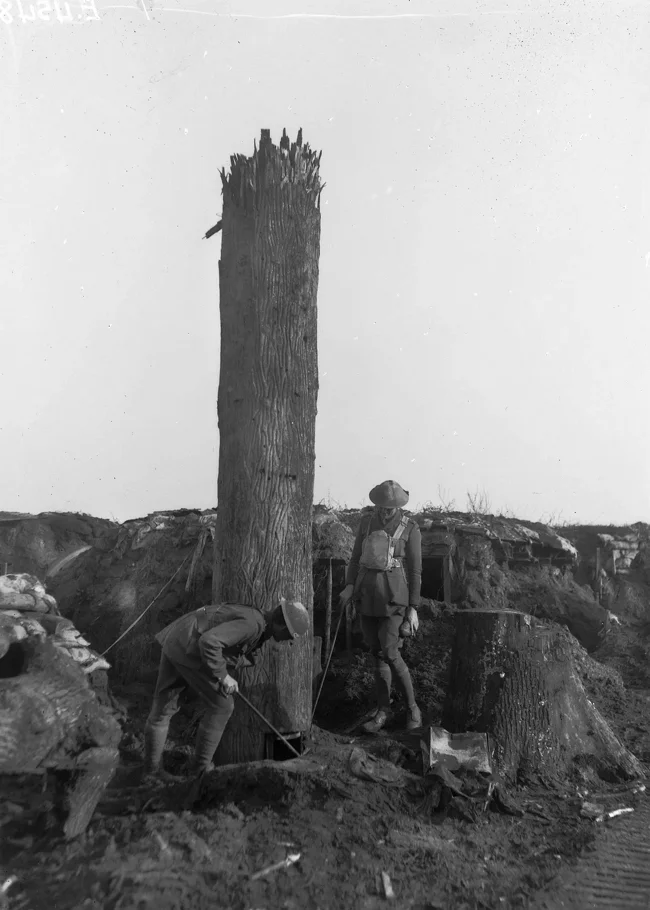
Since every centimeter of the front was under fire and visible through binoculars, simply planting a new tree was impossible. Any plant appearing out of nowhere would instantly attract attention and draw heavy fire. Therefore, a fake was always substituted for a real, existing tree. 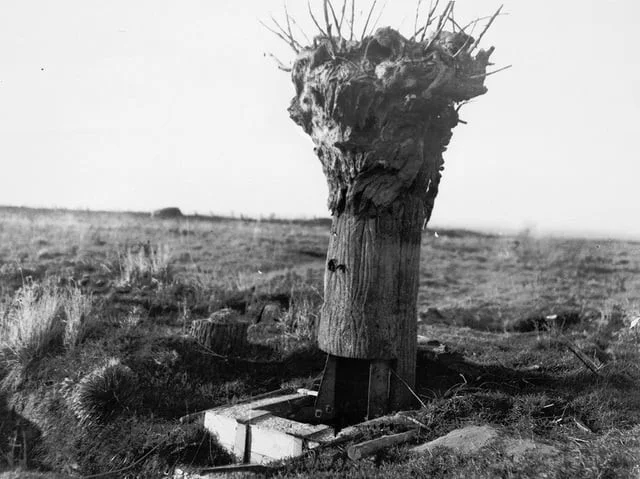
A tree used as an observation post during World War I, circa 1917
They chose a dead tree trunk, mangled by explosions, ideally located near the trench line. It was carefully photographed, studied, and measured from various angles. Deep in the rear, in secret workshops, a hollow steel replica was created. 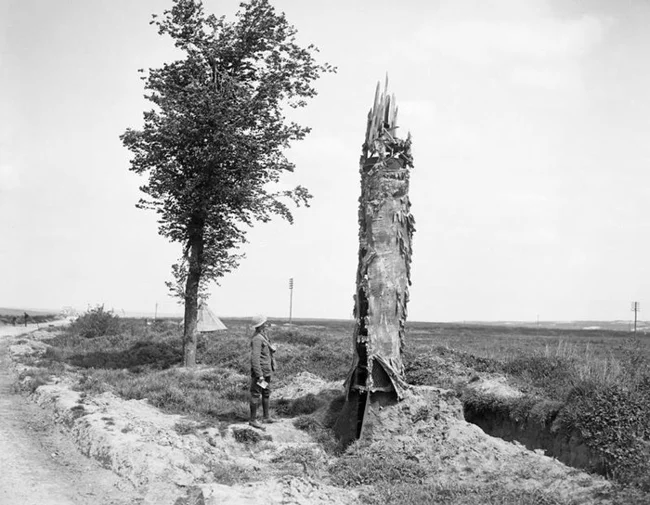
Under the cover of night, muffled by the roar of artillery fire, the sapper crew set out to perform the replacement operation. The real tree was carefully cut down, and a fake was installed in its place. 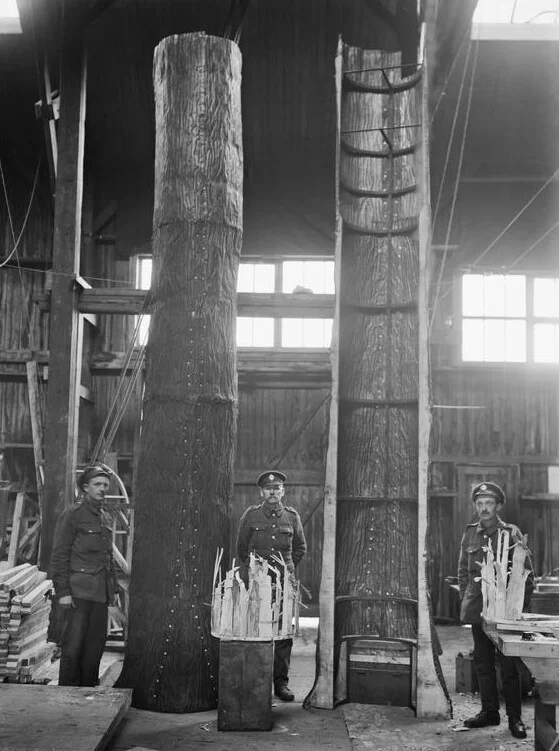
Tree in the Museum
The base of the "tree" was buried in the ground, and the opening was camouflaged. The presence of a trench leading to it in aerial photographs would have been a surefire reveal. 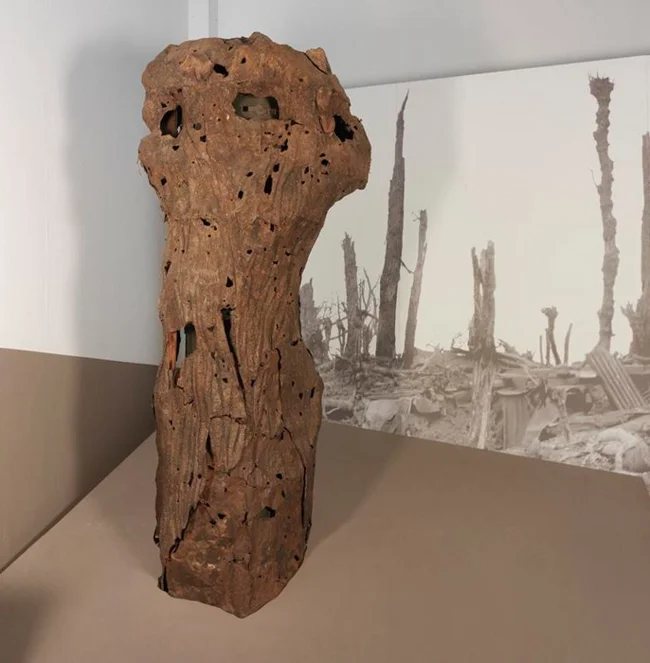
German observation post in the shape of a felled willow
The observer entered through a hidden opening at the base and climbed a ladder built into the steel pipe. At the top, perched on a seat, he observed enemy positions through several observation slits. For protection, he often used a periscope, which allowed him to remain behind the thick metal wall without exposing his face. 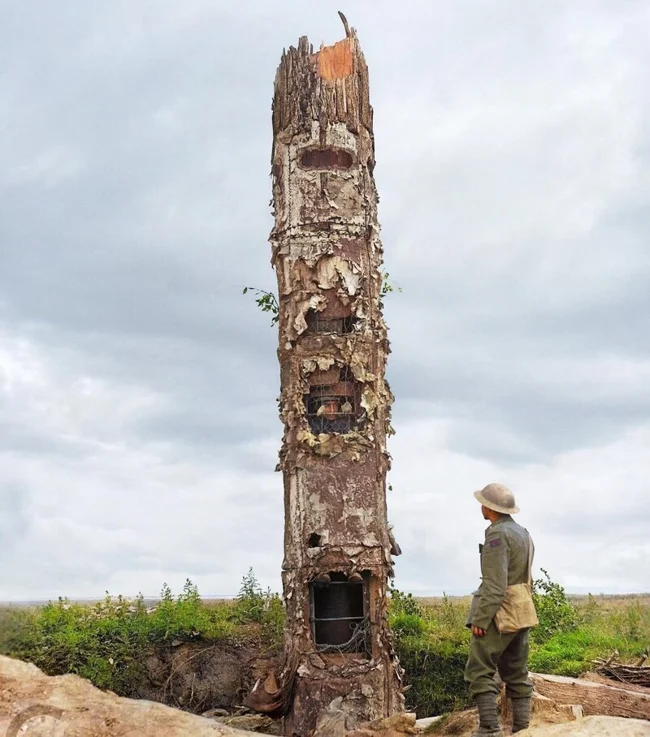
Two soldiers inspect an observation post made of artificial wood, 1918
These steel ghosts, dormant in no man's land, proved surprisingly effective and productive. According to available data, not a single one of these posts was ever discovered by the enemy. 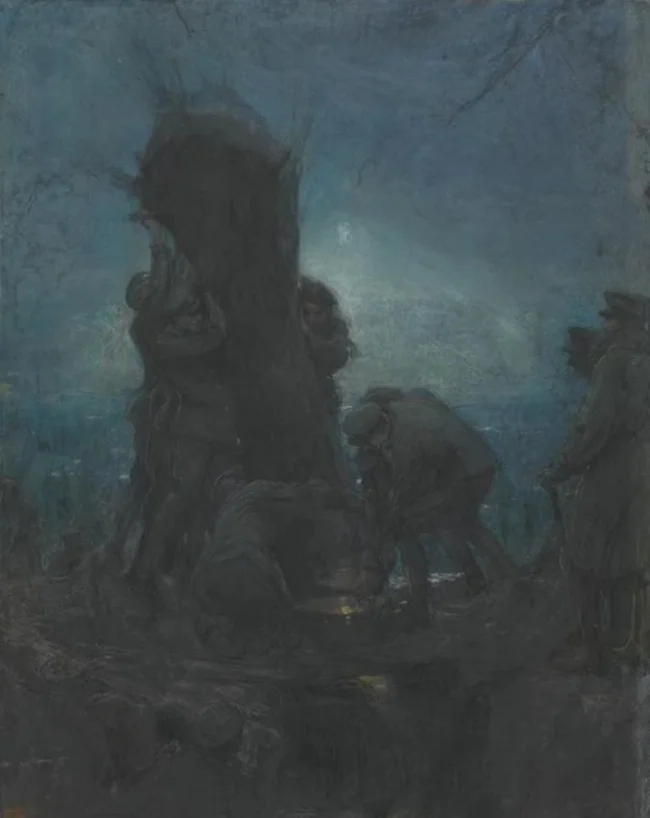
Planting the first camouflage tree, 1916, artist Joseph Solomon 